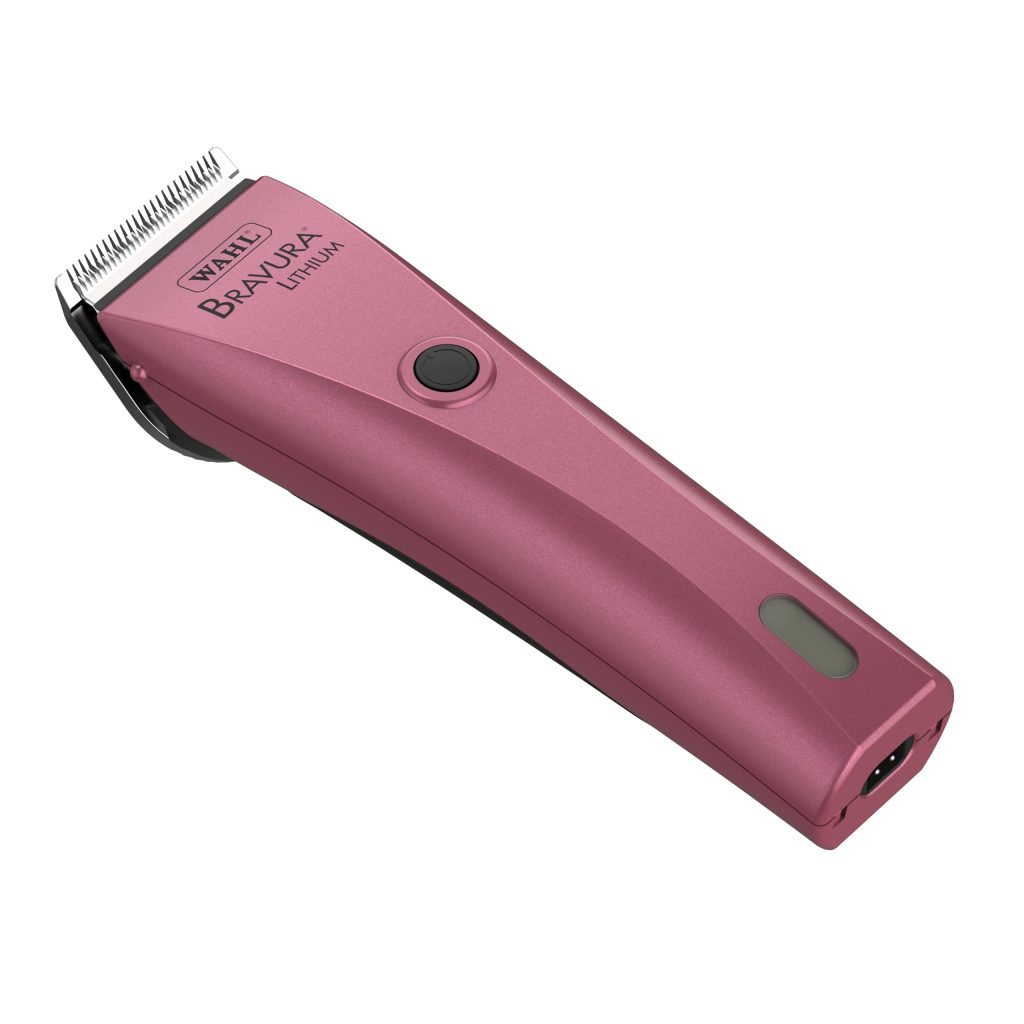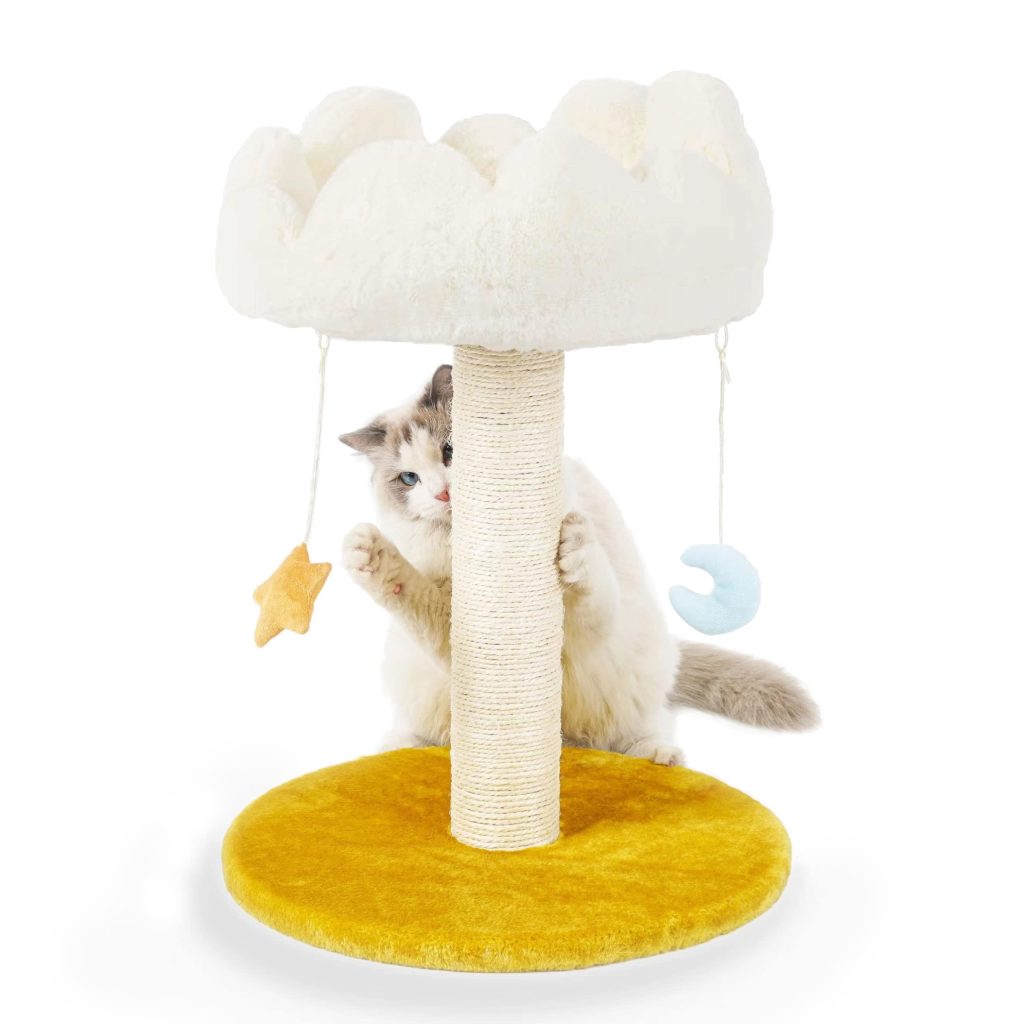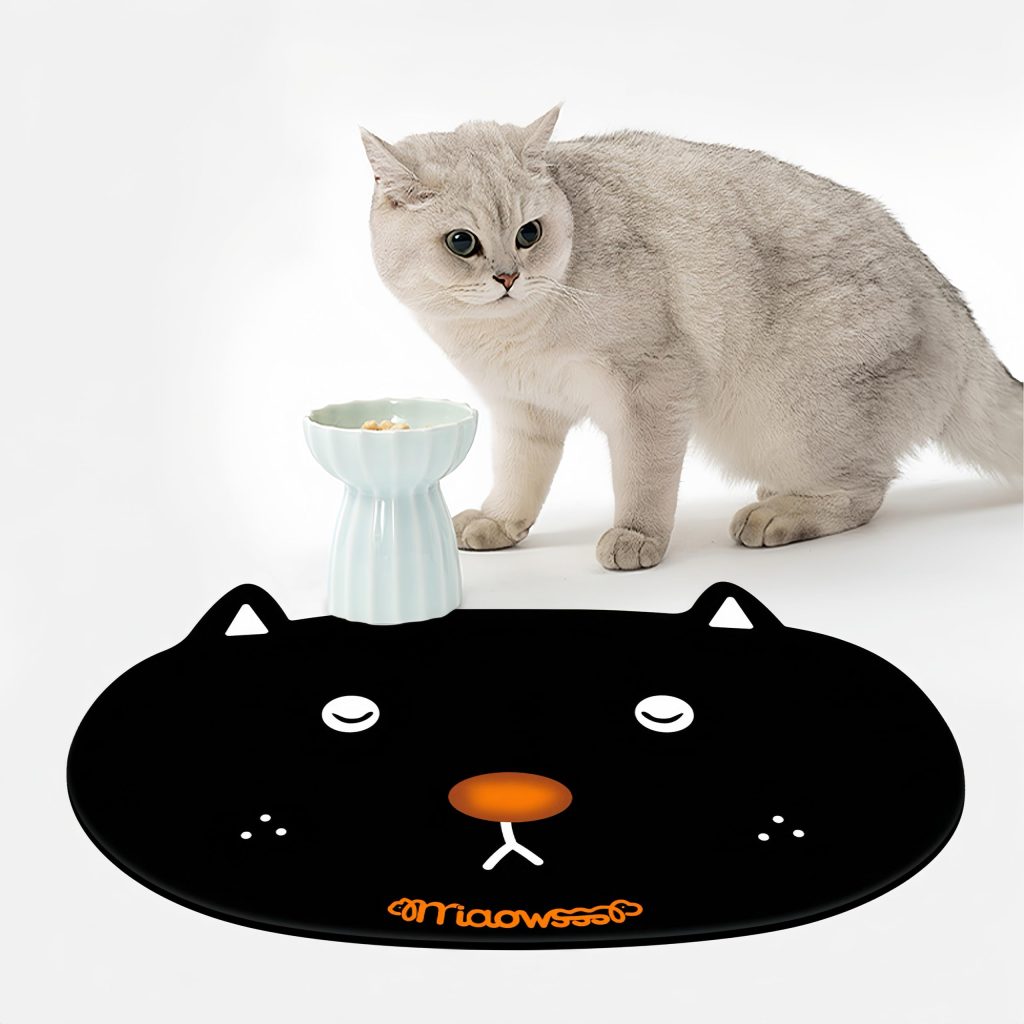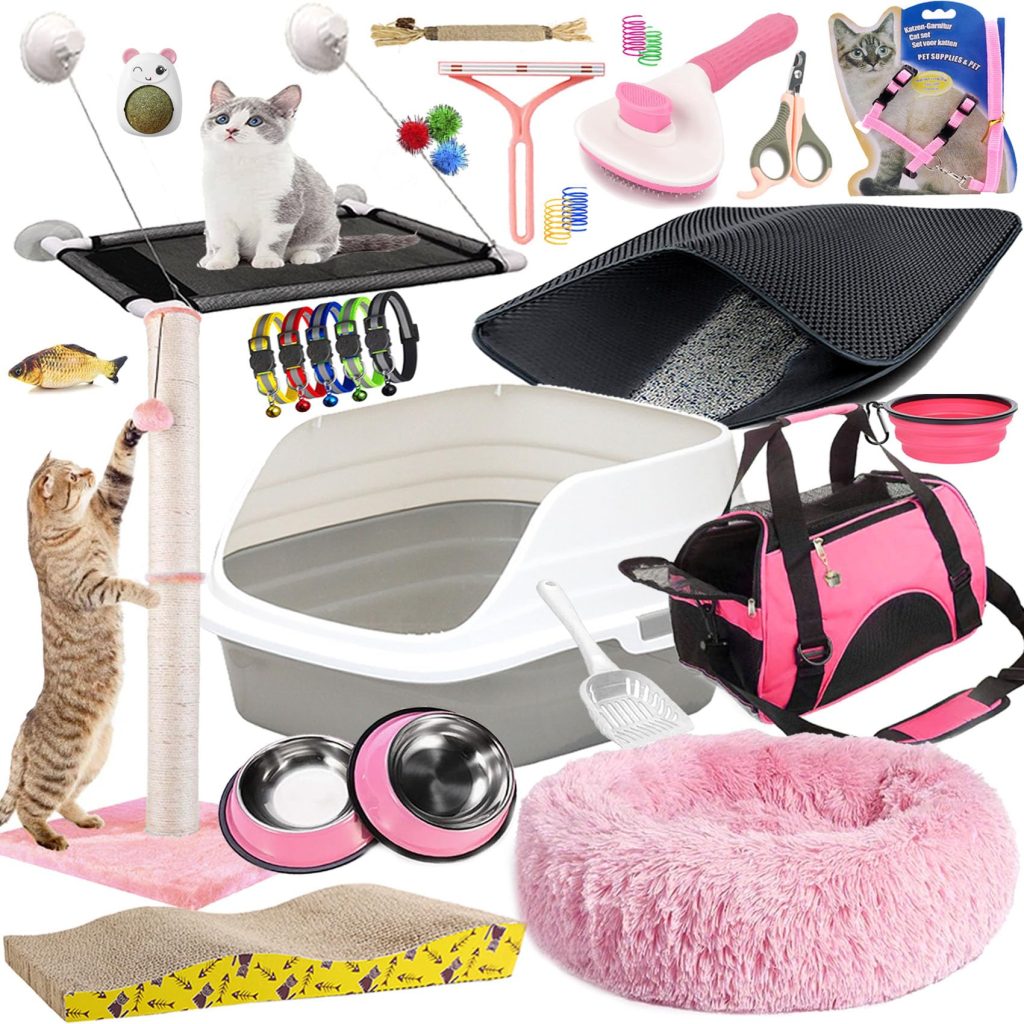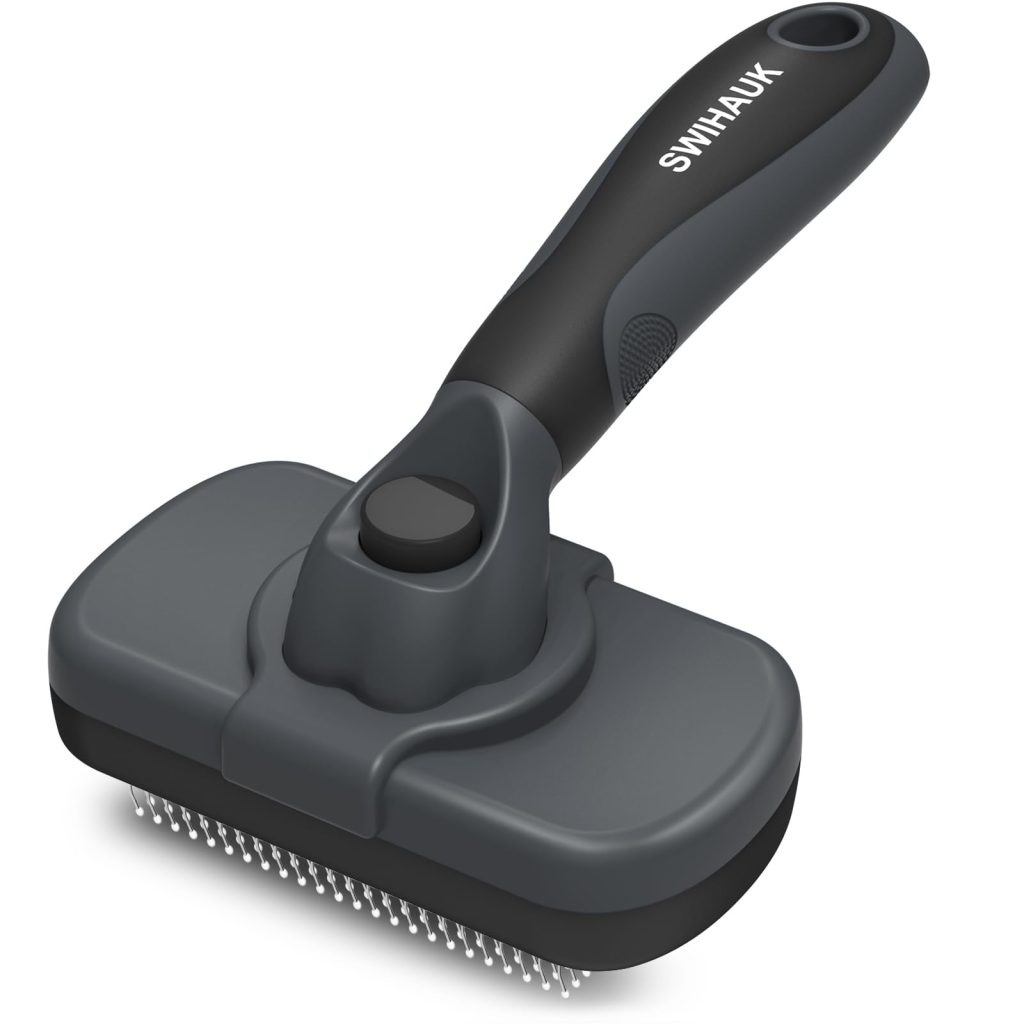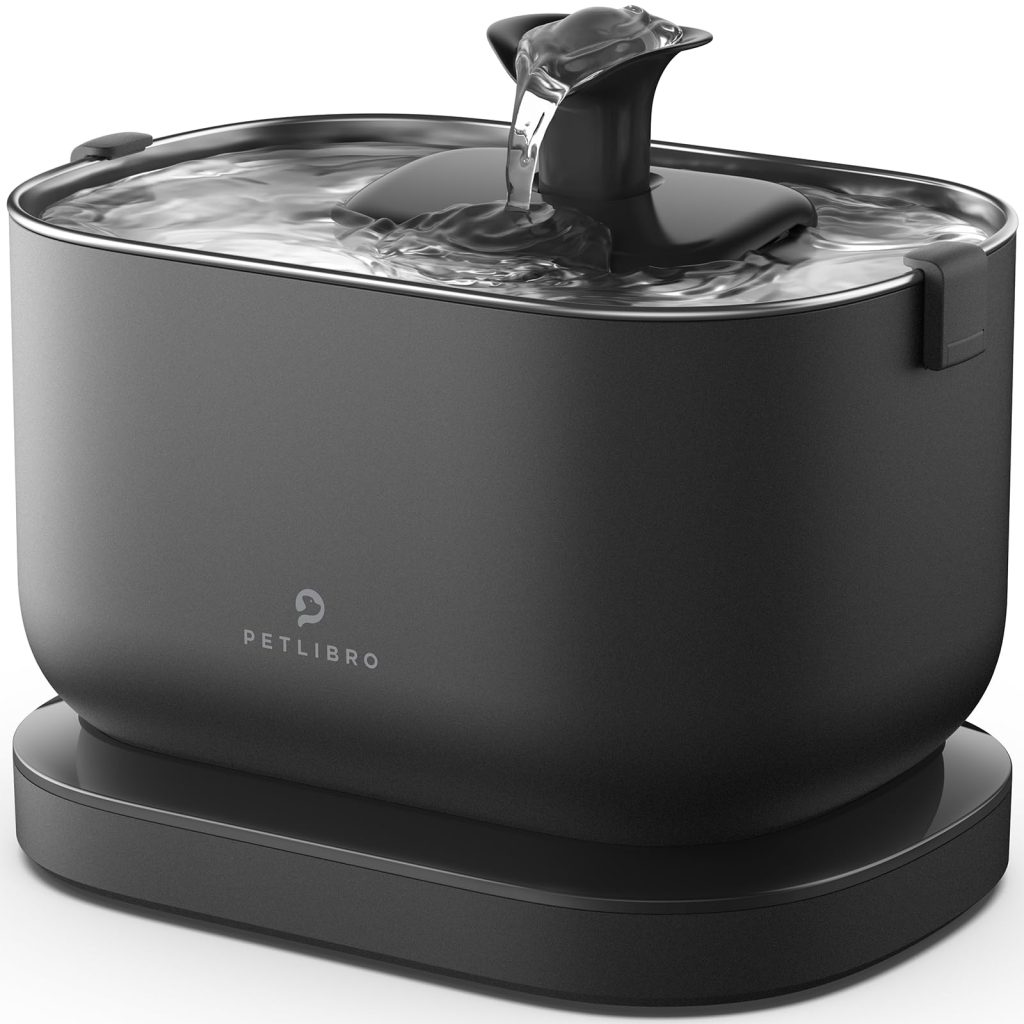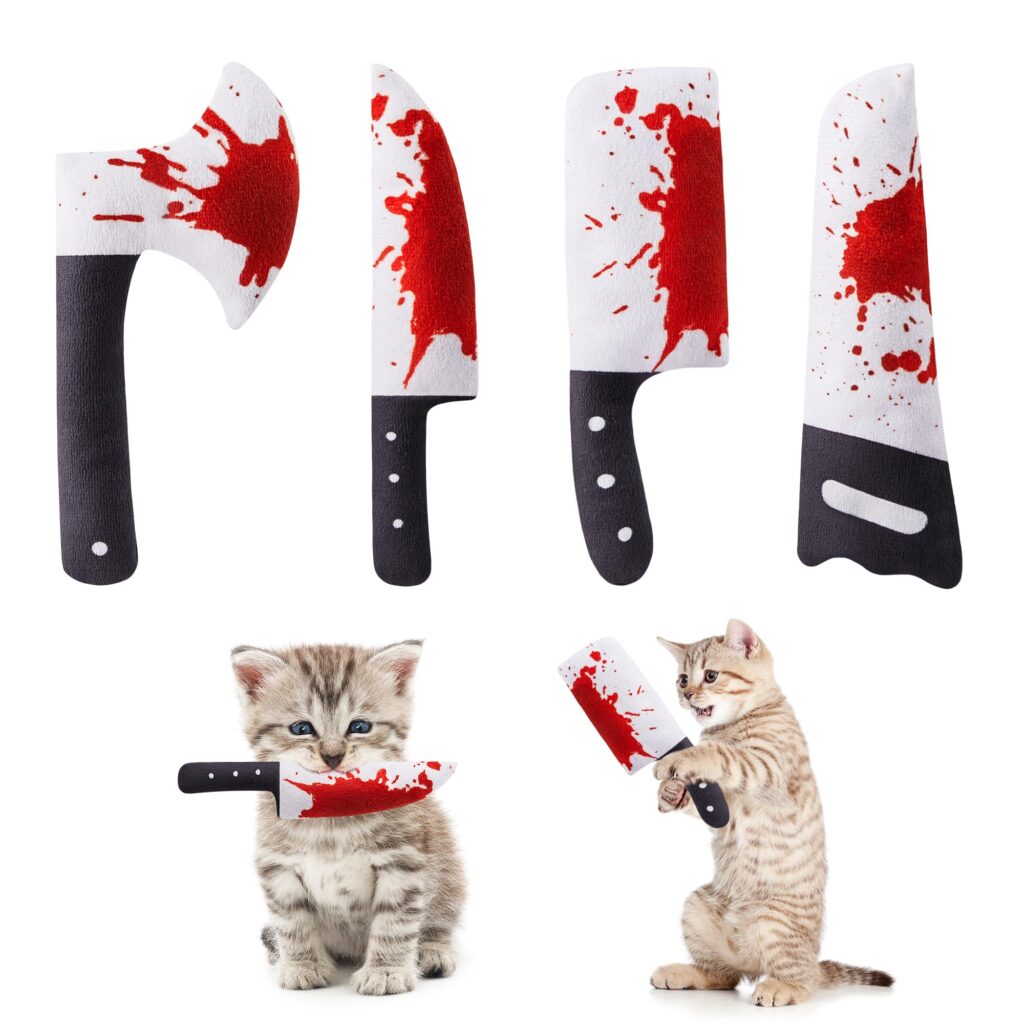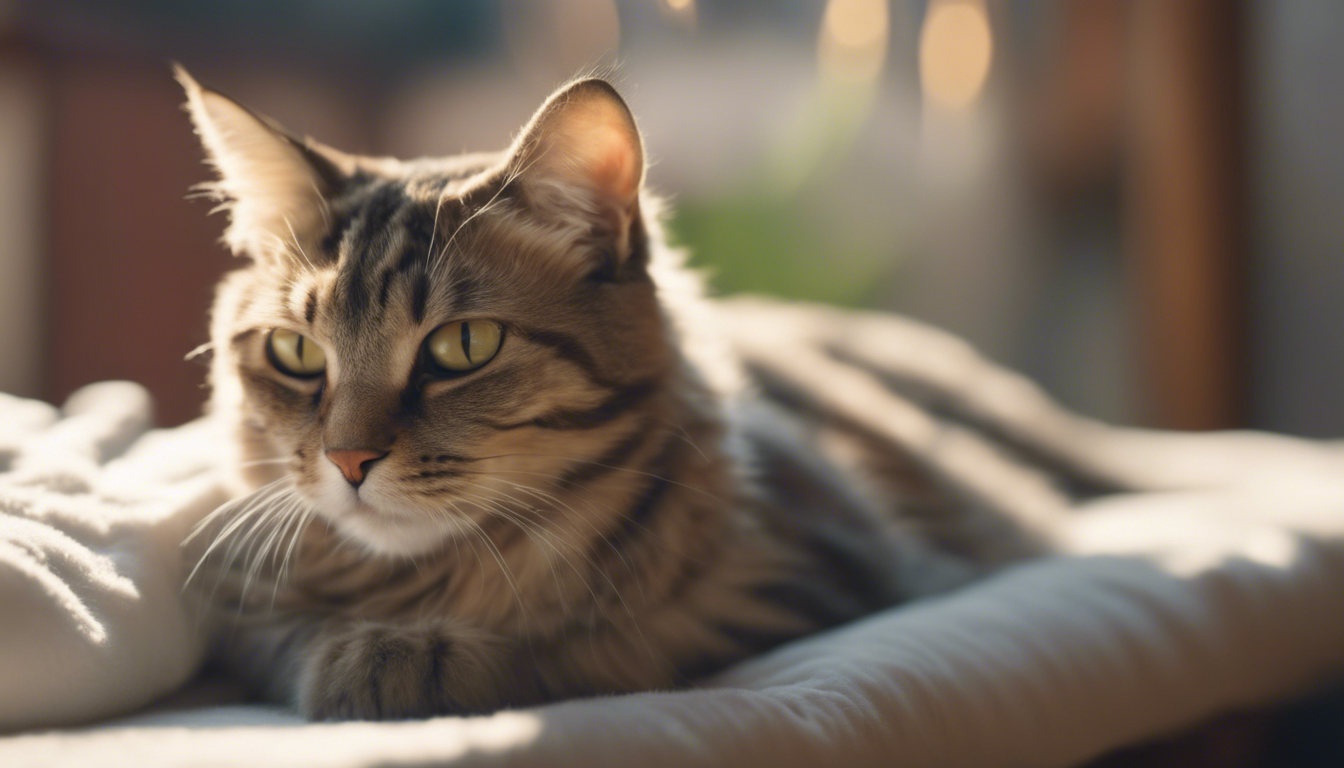
Understanding the differences in grooming needs
If you share your home with a purring feline, you know there’s more to these elegant creatures than meets the eye—especially when it comes to their coat and claws. But here’s a whisker-twitching truth: the grooming needs of an indoor cat can be quite different from those of an outdoor adventurer. Let’s paw-se for a moment and purr-use the specifics. For an indoor cat, their coat is more about looking fabulous on your sofa, without the daily wear and tear of the outside world. It’s a relatively controlled environment—no brambles to wrestle with or muddy puddles to roll in. As for outdoor cats, think of them as the rugged explorers of the feline world. Every bush they dive into or fence they scale could potentially add another layer of grime or snag to their fur. That means their grooming regimen needs to be as tough and robust as their daily escapades.
Now, let’s not forget those needle-like claws. Indoor cats may not have to climb trees to escape pesky dogs, but their claws can still become the bane of your new couch or carpet if not cared for properly. On the other hand, outdoor cats use their claws like multi-tools: climbing, hunting, and marking their territory. This can lead to faster wear and tear, but also to other issues such as debris getting lodged in their paws or the risk of injuries.
What’s the takeaway here, you ask? The environment your whiskered companion calls home has a significant impact on their grooming requirements. Indoor cats might require more frequent brushing due to less natural shedding and could benefit from your help to keep their claws at a safe, furniture-friendly length. Outdoor cats need you to be on the lookout for any tell-tale signs of their latest scuffle or the unwelcome guests (like ticks or burrs) they might bring home in their coat. Regardless of where they lounge or prowl, understanding their distinct needs is the key to keeping their coat sleek and their claws just the right kind of sharp.
All in all, every cat is a world unto themselves, with a personal grooving style that suits their unique lifestyle. Whether they’re sunbathing on the windowsill or gallivanting through the great outdoors, let’s make sure our cats are not only clean and well-groomed but also happy and healthy in their fur-covered skin.
Essential coat care for indoor cats
Caring for an indoor cat’s coat is akin to pampering a reclusive celebrity who prefers the comfort of their lavish indoor retreat. Without the natural elements to help them in shedding and cleaning themselves, it’s up to pet parents to keep their indoor kitties’ fur as soft as their favorite blanket, and as glossed as if they just stepped out of the salon.
Brushing is the cornerstone of indoor cat coat care. Like combing through a fairytale princess’s locks, regular grooming sessions not only remove loose hair and prevent matting but also serve as a spa-like bonding activity. Start by selecting a brush suited to your cat’s fur type—whether they flaunt a short, sleek coat or a long, luxurious mane. Gentle strokes, matched with sweet murmurs or purrs, can make the experience enjoyable for all. For shorthaired beauties, a fine-toothed comb or a rubber grooming mitt can be perfect, while their longhaired counterparts may require the detangling prowess of a wider-toothed comb or a slicker brush.
Aside from excessive shedding, one of the pesky challenges for indoor cats is the accumulation of hairballs. These are the uninvited clumps of swallowed hair that can disrupt their royal highness’s digestion. To minimize the formation of hairballs, invest time in routine brushing, especially during the change of seasons when shedding is at its peak. Not to mention, a well-groomed cat is less likely to leave behind a hairy evidence of their presence on your belongings. You wouldn’t want your chic black pants to turn into a furry spectacle, now would you?
Bathing your feline overlord should be a rare spectacle, as they’re naturally meticulous about their personal hygiene. However, when the occasion calls—for instance, a sticky disaster or a flea invasion—a lukewarm bath with cat-specific shampoo can work wonders. Remember, the key is to be as quick and as calm as possible to prevent the transformation from purrs to claws.
It’s also worth noting that indoor cats might not get as much sun and fresh air as their outdoor peers, which can affect their coat’s condition. To keep it rich and shiny, ensure they have a balanced diet with plenty of omega fatty acids, which are often celebrated as the magical ingredient for a healthy coat that glows with the glory of a thousand catnip toys.
Ultimately, for your prized indoor pal, grooming is not just about looking good—it’s essential for their health and happiness. So, let’s embrace the honor of being the appointed stylists for our regal feline friends, and enjoy the purring symphony of a well-pampered cat.
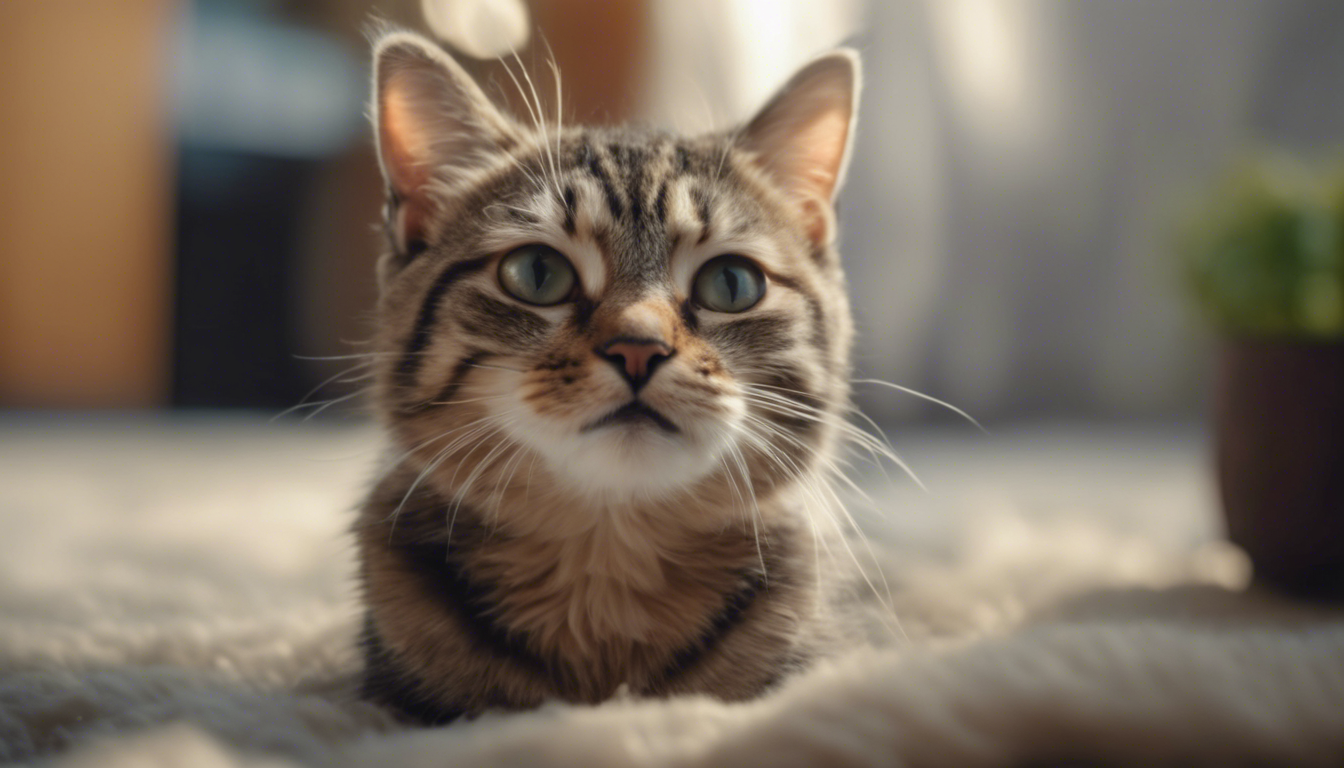
Coat maintenance for outdoor felines
Outdoor cats, with their free-roaming tendencies, have a totally different ballpark when it comes to coat maintenance. They come face to face with the elements on a daily basis—rain, mud, you name it—so their fur often writes a story of their latest adventure. Ready to step up your game and tackle the grooming challenges of an outdoorsy feline? Let’s dive in!
The first order of business is a good brushing. Outdoor cats can bring half of the yard back with them, and it is not all trophies. Burrs, twigs, leaves, or who-knows-what can get entangled in their fur, creating bumpy knots or painful mats. Armed with a sturdy metal comb or a brush, gently work through their coat to liberate any debris they’ve picked up. And hey, think this a treasure hunt—you may find all sorts of natural souvenirs hidden in their fur!
Be especially vigilant about pests like fleas, ticks, and other little critters that may have hopped a ride on your cat. Keep an eye out for any irregularities in the fur, bumps on the skin, or signs of excessive scratching. Regular flea and tick treatments are a must for outdoor cats, but physical removal of these pests during grooming sessions is equally important to stop the itch and prevent potential diseases.
While they’re ducking under cars or slinking through tall grasses, their coat may pick up grease and dirt, which can be tough to tackle. Unlike their indoor counterparts, the need for a bath may arise more often. When it is bath time, remember that patience and quick efficiency are your best tools. Use a cat-friendly shampoo and make sure to rinse thoroughly. Nobody wants a sticky coat—not your cat and certainly not your sofa!
Nutrition is just as important in maintaining a healthy coat for outdoor felines. Unlike the controlled diet of indoor cats, outdoor cats may snack on what nature offers, which isn’t always nourishing. Ensuring that your outdoor adventurer gets a balanced diet with plenty of vitamins and minerals will help their coat remain resilient against the rigors of outdoor life.
Lastly, don’t forget the seasonal considerations! As the weather turns colder, you might notice your feline friend’s coat getting thicker. This extra fluffiness needs additional grooming to keep it from turning into an unkempt blanket. Conversely, when the weather warms up, help your cat shed their winter coat with more regular brushing to avoid overheating—which also saves you from turning your home into a makeshift fur factory.
Embrace the dirt-tagged glory that comes with your outdoor cat’s lifestyle. Every speck of nature and every leaf that tags along home is a testament to their wild escapades. Remember, a well-groomed outdoor cat is not just about a neat appearance; it’s about their comfort, health, and the little joys of purring contentedly after surviving the wild yonder—or just your backyard.
Claw management strategies for both environments
Claws are your cat’s Swiss army knife—crucial for climbing, defending, and even stretching those lithe feline muscles. But as versatile as they’re, claws can become overgrown daggers if not managed properly, risking injury to both the cat and the humans who adore them. Fear not, grooming gurus, for there are ways to keep kitty’s claws at that purr-fect length, whether they’re tapping across your kitchen floor or scaling the neighborhood fences.
Let’s talk about indoor claw care first. Indoor kitties may not wear their claws down as naturally as their outdoor comrades, so it’s up to you to be the manicurist they never knew they needed. Begin by getting your cat comfortable with handling their paws. This can be done during those cuddly moments on the couch, gently massaging their feet until it’s no big deal. Then comes the trimming session—a spa treatment that should be done with care and patience. Opt for a pair of cat claw trimmers and focus on snipping only the transparent tip of the nail to avoid the sensitive quick. Little and often is the key here. Aim to trim every couple of weeks or so to prevent any click-clacking as they cruise around the house or—yikes—the dreaded snagging on your favorite sweater.
Now, onto outdoor scratchers—who might be a bit rougher around the edges, but just as in need of a trim. The wear from their daily adventures might naturally help keep their claws short, but they’re not immune to overgrowth. Regular checks are essential to ensure their claws aren’t curving into their paw pads or collecting unwanted souvenirs from the great outdoors. A snip here and there might be less frequent for the wild wanderers, but it is still a vital part of their care regimen.
For both types of cats, scratching posts are essential—they’re like a gym and nail spa rolled into one! Place them strategically around your home for indoor cats to help satisfy their scratching instincts and keep their nails healthy. For outdoor cats, you might consider a rugged setup outside for a similar purpose. This natural filing technique not only keeps their claws in check but also provides a stretching and exercise routine, all while saving your furniture from looking like it survived a feline apocalypse.
A note of caution: Declawing is a controversial and invasive procedure that’s frowned upon by many veterinarians and animal welfare organizations. It’s the equivalent of amputating not just the nails, but the tips of your cat’s toes. Rather than resorting to such extreme measures, the combination of regular trimming, scratching posts, and positive reinforcement should keep those claws in top shape for both cuddling and conquering the wilderness.
So, whether your cat lounges in the sunbeam on your living room rug or prowls the urban jungle, incorporating claw care into your grooming routine spells a happier, healthier life for your feline friend. And let’s not forget, it also means a sigh of relief for your furniture and your lap-sitting experiences.
